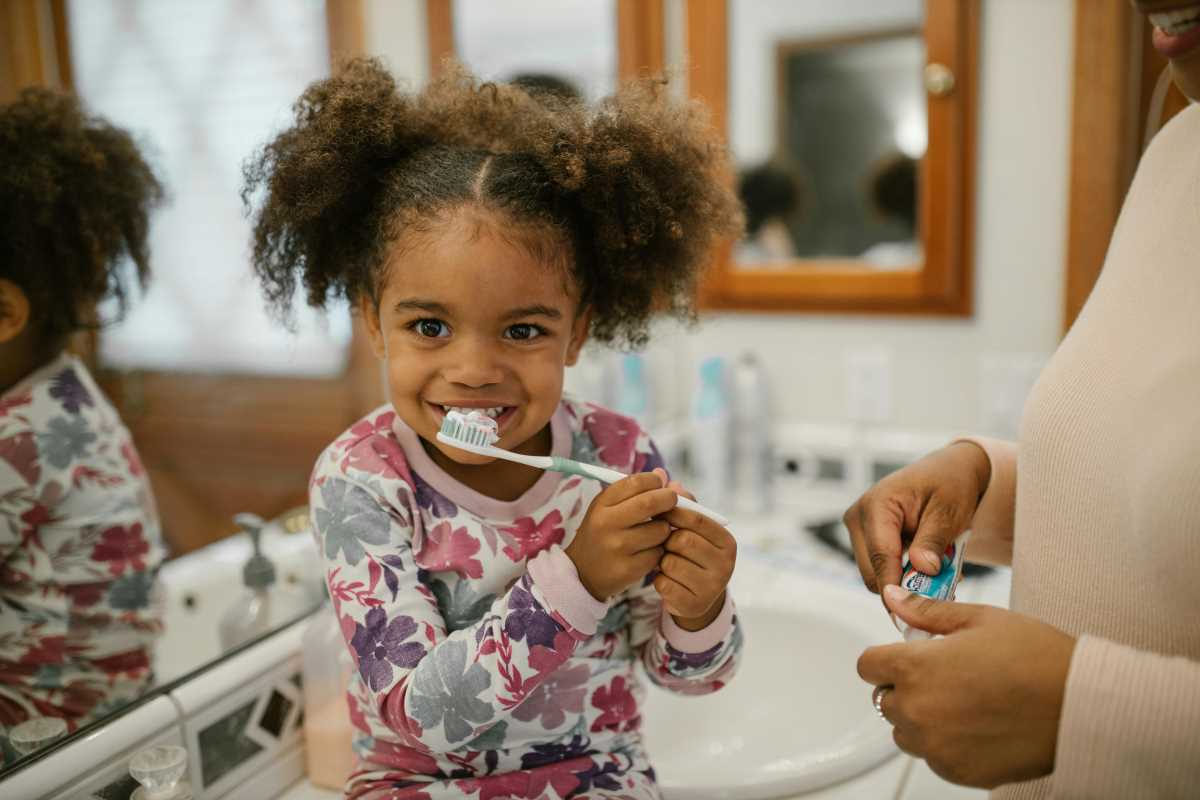Children bring endless curiosity as they discover new things each day, and their moments of stillness often catch your attention. You might feel a mix of optimism and worry while observing their laughter, play, and developmental milestones. When you notice that your child's progress differs from what you anticipated, questions about their growth naturally arise. Uncertainty can set in, and you may find yourself searching for clear answers, expert advice, and practical steps tailored to your family's unique rhythm and your child’s individual needs. Understanding what to look for can help you navigate these important moments with confidence.
Seeing Beyond Milestones
1. Eye Contact and Shared Attention
Why it matters: Eye contact helps children understand social cues like smiles, gestures, and shared joy.
What to do:
- During playdates, offer a favorite toy.
- Encourage joint attention by playing alongside.
- Note how long they maintain eye contact.
Tools & Tips:
- Use a stopwatch app to time gaze episodes casually.
- Track duration once a week to notice small shifts.
- Cost: Free.
- Insider tip: Don’t call attention to the observation—keep it relaxed and playful.
2. Fine Motor Skills and Dexterity
Why it matters: Trouble with basic movements may signal coordination delays.
What to do:
- Present two blocks and encourage stacking.
- Gently increase difficulty with varied shapes or sizes.
- Note how easily and quickly tasks are completed.
Tools & Tips:
- Use inexpensive blocks (under $20).
- Rotate colors and shapes weekly to keep interest fresh.
- Pro tip: Record completion times to track progress.
3. Hearing and Auditory Response
Why it matters: Delayed reactions to sound could signal hearing issues—not just distraction.
What to do:
- Stand out of your child’s line of sight.
- Call their name softly or clap once.
- Note consistency in their response.
Tools & Tips:
- Run tests in different rooms to avoid acoustics skewing results.
- Cost: Free.
- Insider tip: Keep a simple log of where, when, and how they responded.
4. Language and Vocabulary Growth
Why it matters: Vocabulary expansion is a key indicator of cognitive and social development.
What to do:
- Keep a weekly log of common and new words.
- Track simple combinations like “want juice” or “go car.”
- Play sound-matching games to encourage verbal exploration.
Tools & Tips:
- A basic audio recorder (~$30) can help spot patterns.
- Use themed prompts (animals, foods, toys) to encourage variety.
- Insider tip: Compare weekly logs to spot word bursts or plateaus.
Key Warning Signals
1. Reluctance to Run, Jump, or Climb
Refusal to engage in physical activities might mask muscle tone or coordination issues.
- Observe during outdoor time.
- Offer gentle encouragement.
- Mark endurance on a scale of 1–5.
- If scores remain low for two weeks, consider a pediatric check.
Tip: Track performance to identify consistent patterns.
2. Difficulty with Imitation
Imitation fuels early learning—failure to copy gestures signals concern.
- Try three-step copying games: Wave → Clap → Tap knees.
- Track the success rate.
- If below 50% after multiple tries, consider evaluation.
3. Lack of Shared Focus
If pointing at objects doesn’t lead to shared attention, social engagement may lag.
- Use bright or moving objects.
- Steps: Point → Label → Praise when child looks.
- Repeat daily. Fewer than three successes per day may signal attention gaps.
4. Rigid Reactions to Change
Strong resistance to minor changes may reflect sensory processing issues.
- Introduce gentle shifts: bowl color, shirt pattern, playlist order.
- Note reactions and anxiety spikes.
- Frequent distress over changes can point to broader sensitivities.
5. Delay in Self-Care Milestones
Persistent difficulty with feeding, dressing, or toileting may relate to cognitive or coordination delays.
- Chart attempts over several days.
- Record how much assistance is needed.
- If progress stalls, consult a developmental specialist.
Practical Steps to Take
1. Skill-Building Sessions
Purpose: Ensure focused progress through short, targeted activities.
- Select a skill (e.g., stacking cups).
- Break it into micro-tasks: pick up → align → stack.
- Celebrate each success.
Availability: Household items cost under $10.
Insider tip: Use a visual reward chart to motivate without sugar-based treats.
2. Sensory-Friendly Corners
Purpose: Reduce overwhelm during learning tasks.
- Identify high-stimulus areas in your home.
- Install fabric panels or soft rugs.
- Use noise-canceling headphones during busy times.
Cost: Ranges from $25–$100.
Tip: Rotate textures gradually to build tolerance to new sensations.
3. Daily Talk-Time Segments
Purpose: Strengthen language skills with consistent verbal interaction.
- Choose a consistent time each day.
- Use open-ended prompts like “What did you like today?”
- Wait three seconds before responding to encourage two-way exchanges.
Cost: Free to implement.
Insider tip: Record conversations to track progress in verbal development.
4. Pediatric Evaluation
Purpose: Obtain a formal developmental assessment.
- Research certified local clinics.
- Call to find the next available appointment.
- Prepare notes from home observations for the appointment.
Cost: Varies; ask about sliding-scale options.
Tip: Mention support group referrals—they may unlock discounts.
5. Guided Social Play Groups
Purpose: Improve cooperative play skills.
- Join a structured three-week group program.
- Observe how your child interacts in group settings.
- Reinforce those lessons at home using notes from sessions.
Cost: $50–$75 per class.
Tip: Exchange feedback with other parents to discover new play ideas.
Building a Support Network
Building a support network transforms uncertainty into shared strength. Connect with local caregiver groups, online forums, and nonprofit advocates for practical tips, emotional support, and help navigating services. Early recognition empowers you to meet each child’s needs without limiting their potential.
 (Image via
(Image via





